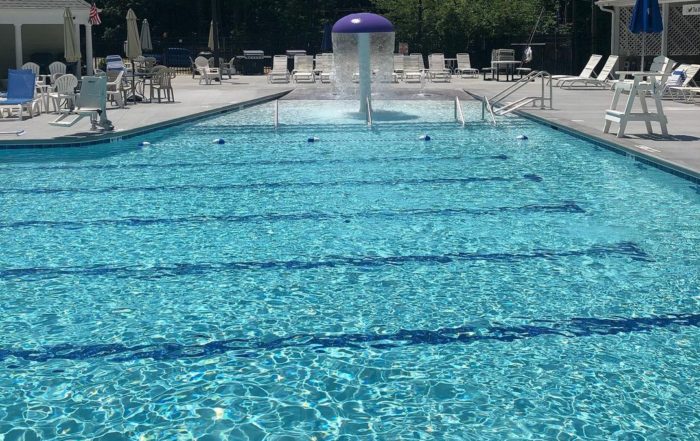POOL PHOSPHATES NORTH CAROLINA

You may have heard about phosphates and phosphate removal products for swimming pools.
In addition to proper chemical balance, controlling pool phosphates North Carolina levels in the water is a critical aspect of preventing algae growth in pools.
Here’s some info about what phosphates are, why they are a problem and how to remove them from your pool.
What are Phosphates?
Phosphates are a compound of salts, like phosphorus and other mineral salts.
Phosphorus is totally natural, and is an essential nutrient for human, animal, and plant life.
It is one of the most common substances in our environment; occurring naturally in food, water, human and animals.
Phosphorous containing compounds are necessary components to our DNA and RNA, cellular membranes, teeth and bones and our metabolism.
Plants need phosphorous compounds because they are vital to the photosynthesis process.
Phosphates are found in many products we use every day, including: energy drinks and colas, baking mix, toothpaste, some cleaning products and detergents (though use in those products is limited today), fertilizer and fire extinguishers.
Why are Phosphates Bad?
Right now you might be wondering how something so essential can cause problems in your pool.
As I mentioned above, phosphates are necessary for photosynthesis, which, like all plants, is a process algae uses to grow.
A large increase in phosphates allows algae and other plants to grow more rapidly.
In the 1950’s and 1960’s sodium phosphate was used often in household detergents to increase cleaning power.
This added phosphates to the water supply and therefore dramatically increased phosphate levels in some lakes and streams.
This unnatural rise in phosphate levels increased algae growth dramatically, causing many problems for aquatic life.
As a result, efforts were made by the government and detergent manufacturers to reduce or eliminate the use of phosphates in household detergents and to remove them from the water during treatment processes.
This same idea can be applied on a much smaller scale to your swimming pool.
Phosphate encourages algae to grow, by providing a good food source.
Because they exist in so many natural and unnatural products, phosphates can enter your pool from many sources.
Some of the most common sources of phosphates in pools are: decaying plant matter, fertilizers, contaminated well water, acid rain, soil, ground water runoff, bird droppings, perspiration, urine, hair care products and cosmetics.
How To Get Rid of Phosphatesbuy test strips for testing swimming pool phosphate levels.
There are lots of different studies that seem to give some conflicting information about what level of phosphates in a pool is “too high”, but you might want to consider a phosphate removal product if your levels are over 100ppb (parts per billion), especially if you find that you have reoccurring algae problems.
Use a phosphate test kit to quickly check your phosphate level. Make sure you do not have active algae in your pool when you test.
Phosphates are not always the cause of algae in a pool; if you have proper sanitizer levels and chemical balance, algae is unlikely to grow (unless phosphate levels are extremely high).
You can liken phosphates to adding gasoline to a fire; gas didn’t start the fire, but it sure will spread quickly if added.
Controlling your phosphate levels helps to give you some insurance that your water will not turn in to a swamp if your sanitizer levels dip for a couple of days.
Seaklear-phosphate-removerIn The Swim carries two types of phosphate removers, Natural phos-free-for-poolsChemistry’s Phos Free and SeaKlear phosphate remover.
Both chemicals remove phosphates from pools quickly by seeking them out and attaching to the phosphate molecule.
As the attraction continues, the molecule increases in size, making removal possible with your pool filter.
It is important to remember that phosphate removal is a preventative measure, if you have active algae present in the pool, treat it with chlorine shock and algaecide first, then follow up with a phosphate remover to prevent reoccurrence.
As algae die, they release phosphates in to the water, making it more likely that algae will return, creating a vicious cycle of expensive-to-treat algae blooms.
Aqua Operators is full-service pool management company. That means we provide all the essential services (like lifeguard staffing, pool cleaning or replastering) all under one roof.
Still have questions about POOL PHOSPHATES NORTH CAROLINA and how they can affect your pool? Give us a call at 919-332-1121 Central and 910-499-0620 Eastern/Coastal North Carolina

